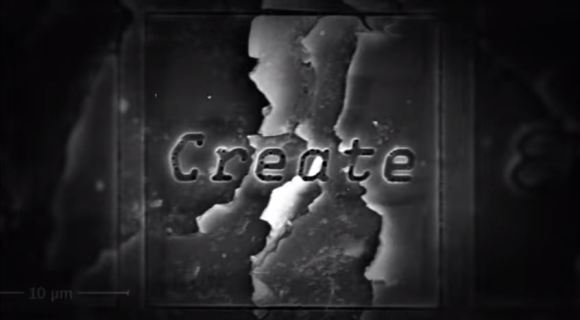
[Sébastien Bourdeauducq] had the idea to create the world’s smallest comic — so he assembled a team and was able to produce a comic strip where each panel is <20um across, etched on a human hair.
They used focused ion beam (FIB) etching, where a high-speed jet of matter is generated and blasted at a hair to etch the comic. Think of it kind of like a super focused laser beam. Check out the original microscopic imagery of it over on their GitHub.
The cool thing is they really just did this for fun — it’s purpose is to advertise the EHSM conference in Hamburg. The Exceptionally Hard(ware) & Soft(ware) Meeting is a massive gathering of the opensource and DIY hacking world. If you happen to live in Europe we’d recommend checking it out — just take a look at their conference talks they have lined up! The Maker Movement Meets Patent Law, Optics & Photonics with Lego Bricks, the Basics of Quantum Cryptograhy, the Principles of Mass Spectrometry… the list goes on!
Continue reading “World’s Smallest Comic Etched Onto A Human Hair”











